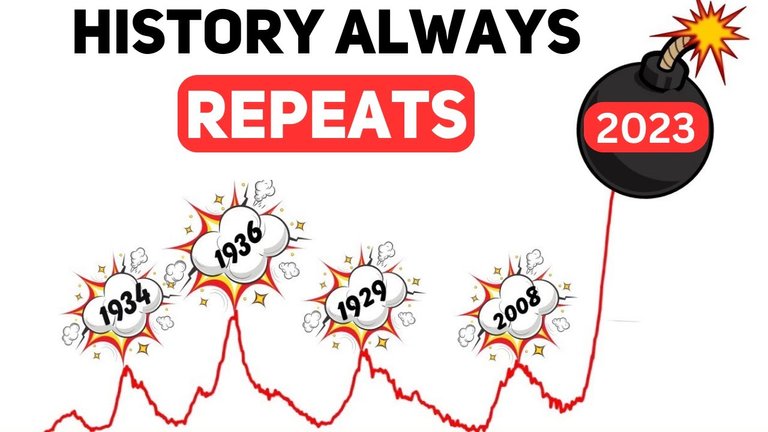Cracking the Code: Kiyosaki's 'Second Chance' Unveils Secrets to Financial Triumph Amidst Economic Chaos (book summary)

Image Source:
In the words of Henry Ford, "It is well enough that people of the nation do not understand our banking and monetary system. If they did, I believe there would be a revolution before tomorrow morning." This sentiment sets the stage for a deep dive into the intricacies of the global financial system and the impending economic challenges that lie ahead. In this article, we'll explore key insights from Robert Kiyosaki's book, "Second Chance," shedding light on historical patterns, the present economic scenario, and strategies for a financially secure future.
Unveiling the Past: Lessons from History
Kiyosaki's book divides the discussion into three parts: past, present, and future. The journey begins with a historical perspective, emphasizing the repetition of economic patterns and the reluctance of governments to learn from their past mistakes. The author delves into crucial concepts like quantitative easing and the gold standard, revealing how these mechanisms have shaped economic destinies throughout history.
Quantitative Easing: Unraveling the Mystery
The term "quantitative easing" is demystified as the simple act of printing money. Kiyosaki suggests that governments employ complex terminology to obfuscate their actions from the average citizen. The consequences of such money-printing practices are illuminated, emphasizing the widening wealth gap, inflation, and the erosion of the purchasing power of the poor and middle class.
The Gold Standard's Demise: A Turning Point
The unraveling of the gold standard in 1971, as per the Bretton Wood Agreement, marks a pivotal moment. While the gold standard theoretically restrained money printing, Kiyosaki contends that governments, including the United States, continued to print money without adequate gold reserves. The subsequent abandonment of the gold standard granted governments the unchecked power to print money, setting the stage for the present economic challenges.
The Present Dilemma: Identifying the Warning Signs
As the narrative shifts to the current economic landscape, Kiyosaki outlines the signs of a brewing crisis. Drawing parallels to past financial meltdowns, he points out alarming trends, urging readers to pay attention to key indicators.
Impact on Everyday Life: The Erosion of Purchasing Power
Examining the period from 1913 to 2018, Kiyosaki notes that the U.S. dollar has lost a staggering 95% of its purchasing power. This erosion directly affects those who work for money, as evidenced by an increase in the number of individuals relying on food stamps and a shrinking middle class.
Investment Landscape: The Illusion of Prosperity
Kiyosaki challenges conventional advice on working hard, saving money, and investing in the stock market. He asserts that the stock market has transformed into a casino, benefiting only the owners. The disconnection between economic indicators and the reality faced by the average person is underscored through examples of manipulated stock and real estate prices.
Charting a Course for the Future: Strategies for Financial Resilience
In the final section, Kiyosaki offers practical advice on navigating the uncertain economic future. He encourages readers to move from the left side of the cash flow quadrant (employees and self-employed) to the right side (investors and business owners) to attain true wealth.
Financial Education: The Foundation of Success
Kiyosaki advocates for financial education, emphasizing the value of experiential learning through tools like the cash flow game. He contends that understanding the rules of money is essential to making informed financial decisions.
Entrepreneurship: A Path to Economic Independence
Distinguishing between employees and entrepreneurs, Kiyosaki urges individuals to consider entrepreneurship as a viable option. He highlights the advantages entrepreneurs enjoy in terms of tax benefits and economic impact, emphasizing the role of entrepreneurs in building a robust economy.
Expanding Means and Embracing Risk: Breaking Conventional Norms
Contrary to traditional advice on cutting expenses, Kiyosaki encourages individuals to focus on expanding their means. He challenges the status quo, asserting that embracing calculated risks, using debt wisely, and learning from mistakes are integral parts of the wealth-building process.
Robert Kiyosaki's "Second Chance" serves as a wake-up call, urging individuals to understand the intricacies of the financial system, learn from history, and actively shape their financial destinies. As the world grapples with economic uncertainties, the insights shared by Kiyosaki provide a roadmap for those seeking financial resilience and independence in an ever-changing economic landscape.
